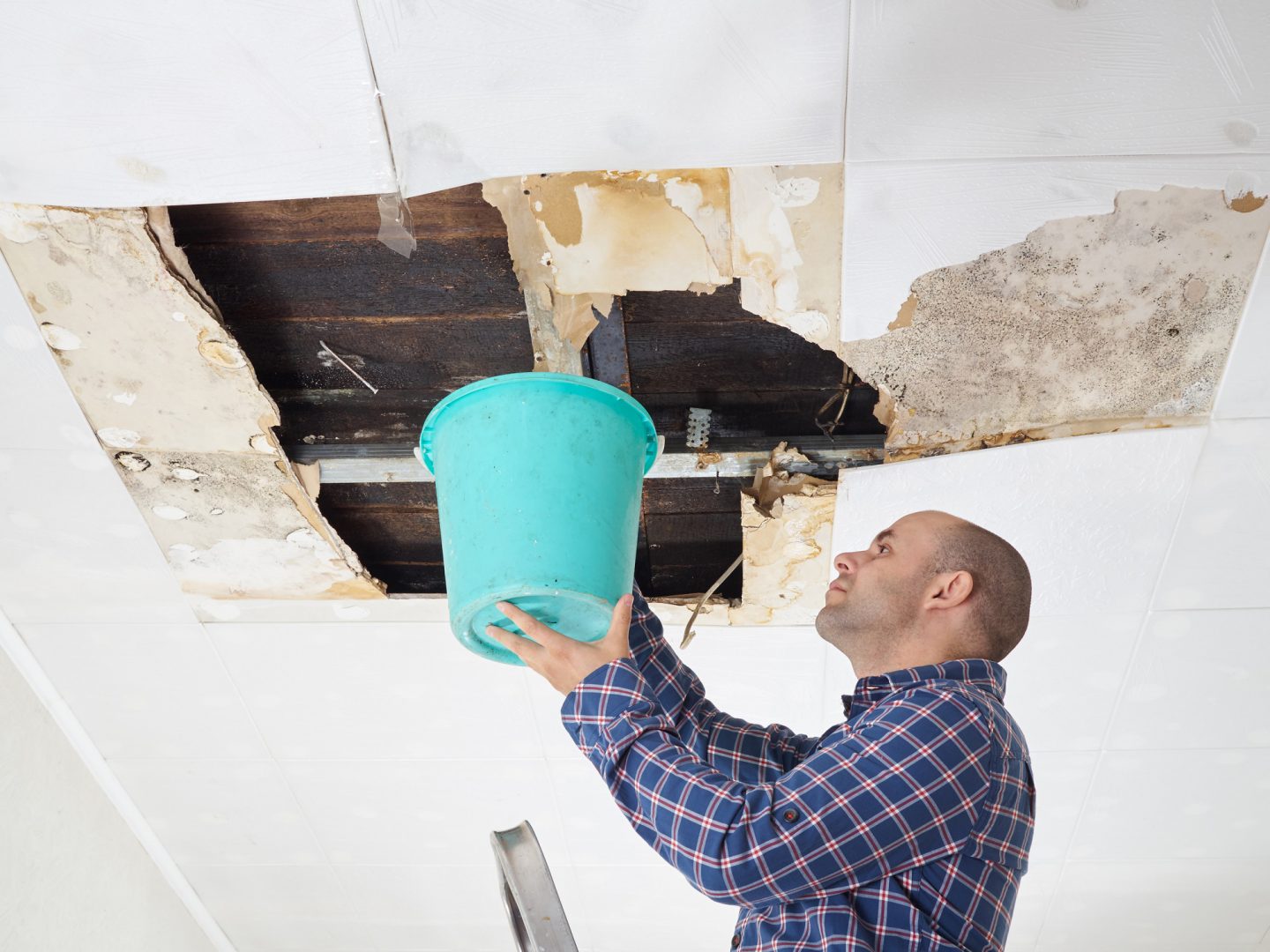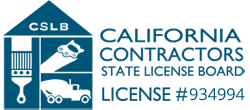
Water damage in the home can be a serious issue that can cause significant damage to your property and health. Water damage can occur for a variety of reasons, including flooding, plumbing leaks, or even a simple roof leak. No matter the cause, water damage can lead to costly repairs and dangerous health risks. In this blog, we will discuss the dangers of water damage in the home and some tips on how to protect your home from water damage.
The Dangers of Water Damage at Home
There are many dangers to water damage found in your home, and here are a couple of examples:
1. Structural Damage
The first danger of water damage is the potential for structural damage to your home. Water can quickly erode the structural integrity of your home, leading to cracking and buckling of drywall, flooring, and other materials. Additionally, water can penetrate into the walls, ceilings, and floors of your home and cause mold and mildew to grow. Mold and mildew can cause serious health issues and can be difficult to get rid of.
2. Electrical Problems
The second danger of water damage is the potential for electrical problems. Water can seep into your home’s electrical system and cause major issues, such as short-circuiting and fires. Additionally, water can corrode wiring, which can lead to electrical shocks and other dangerous issues.
3. Health Risks
The third danger of water damage is the potential for health risks. Water can contain a variety of dangerous bacteria, viruses, and other contaminants that can cause serious health issues when ingested or breathed in. Additionally, water from flooding can contain sewage and other hazardous materials that can cause serious health issues.
How to Prevent Water Damage at Home
Water damage can cause serious structural damage to your home and can put your family at risk of mold and mildew. Fortunately, there are some simple steps you can take to help prevent water damage in your home:
1. Check for Leaks Regularly
It’s important to check for leaks in your home regularly. Inspect your pipes, faucets, and fixtures for signs of water damage or leaks. Look for water spots on walls and ceilings, as well as wet or damp areas on carpets, floors, and ceilings. If you find any signs of a leak, call a plumber immediately.
2. Inspect Your Roof
Your roof is your home’s first line of defense against water damage. Regularly inspect your roof for any missing, cracked, or broken shingles, as well as any signs of water damage. If you find any signs of damage, contact a roofing contractor to repair the damage.
3. Clean Your Gutters and Downspouts
Clogged gutters and downspouts can cause water to back up and overflow, leading to water damage in your home. Make sure to inspect and clean your gutters and downspouts regularly to prevent water damage.
4. Install a Sump Pump
A sump pump is a device that pumps water away from your home and into a separate drainage system. Installing a sump pump can help reduce the risk of water damage in your home, as it will remove any excess water that accumulates in your basement or crawlspace.
5. Check for Moisture
Moisture can be one of the leading causes of water damage in your home. Regularly inspect your home for any signs of moisture, such as water spots on walls and ceilings, damp carpets and floors, and musty odors. If you find any signs of moisture, contact a professional to address the issue.
Conclusion
Water damage in the home is a serious problem that can lead to costly repairs and dangerous health risks. Fortunately, there are several measures you can take to protect your home from water damage. By properly sealing and insulating your home, inspecting your home for leaks regularly, and having a professional inspect and repair your home’s plumbing and electrical systems, you can reduce the risk of water damage in your home.
Restoration Masters is an independent company offering full-service restoration for residential and commercial buildings. If you are looking for water damage restoration in Los Angeles, get in touch with us today!




